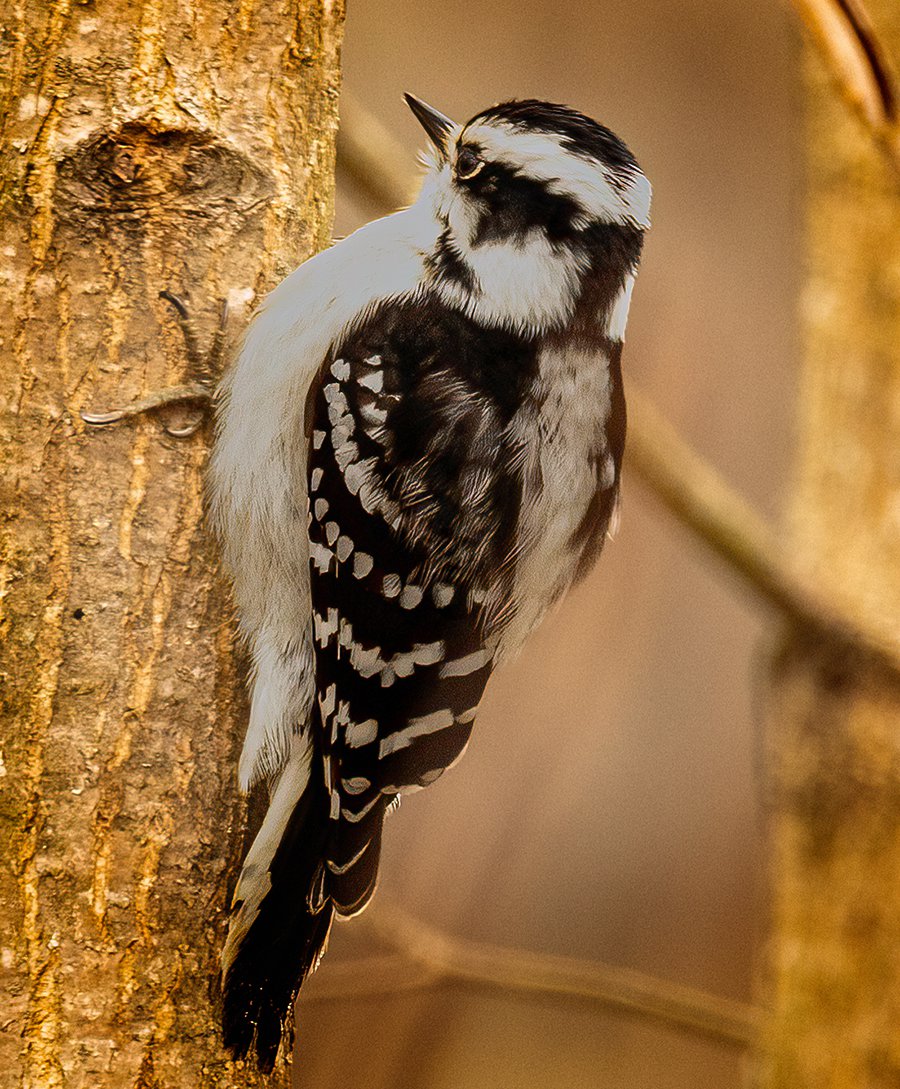Woodpeckers in Florida: Identification Tips and Environment Preferences
Woodpeckers in Florida: Identification Tips and Environment Preferences
Blog Article
Woodpeckers Unleashed: Checking Out the Wonders of These Experienced Tree Climbers
Woodpeckers, with their unique markings and rhythmic drumming echoing with wooded locations, hold an unique place in the bird world. Their specialized composition and adjustments enable them to browse vertical surface areas with unequaled skill. However, their proficiency of tree climbing is just one facet of their remarkable actions. As we dig right into the complex details of woodpeckers' nesting routines, feeding techniques, and the continuous conservation efforts to shield these impressive birds, a deeper gratitude for their place in nature unravels.
Anatomy and Adaptations
When examining the composition and adjustments of woodpeckers, one can observe impressive functions that enable these birds to thrive in their specialized eco-friendly specific niche. Woodpeckers are outfitted with a collection of one-of-a-kind anatomical features that aid them in their woodpecking habits. One of one of the most prominent features is their solid, chisel-like beak, which is specialized for drilling right into timber to reveal pests or develop nesting dental caries. This beak is supported by solid neck muscular tissues and a very created head framework that works as a shock absorber, enabling woodpeckers to continuously peck at trees without creating brain injury. Furthermore, woodpeckers have zygodactyl feet, with two toes dealing with onward and two facing backward, providing a firm grasp on tree trunks while they browse for food or drum for communication.
Furthermore, woodpeckers have a distinct tongue structure that is long, barbed, and sticky, enabling them to draw out pests from gaps in timber. This specific adjustment enables woodpeckers to manipulate a food source that is unattainable to several other bird species. In general, the anatomy and adjustments of woodpeckers showcase the amazing evolutionary options that have actually allowed these birds to prosper in their arboreal habitat.
Drumming Behavior
Having explored the anatomy and adjustments of woodpeckers, the focus now moves to comprehending their drumming behavior, an unique facet of their communication and territorial screens. Drumming is an essential kind of interaction amongst woodpeckers, offering numerous purposes such as developing areas, attracting companions, and signaling alarm system. Each woodpecker types has an unique drumming pattern that aids people acknowledge members of their very own varieties and distinguish them from competitors or killers.
Woodpeckers produce drumming audios by quickly pecking on resonant surface areas such as dead trees, utility posts, or even metal objects, developing a series of balanced beats. The intensity and rate of drumming can vary based upon the function; for example, a rapid drumming series might represent aggression towards trespassers, while a slower and softer drumming pattern could indicate courtship (Woodpeckers in Florida). Furthermore, woodpeckers might readjust the frequency and duration of their drumming to share certain messages efficiently
Nesting Practices
Checking out the nesting routines of woodpeckers reveals remarkable insights into their reproductive actions and environment options. Woodpeckers are recognized for their distinct nesting preferences, frequently digging deep into dental caries in trees to develop sheltered areas for increasing their young. These dental caries serve not just as a nesting site yet likewise as a protected haven from predators and harsh weather condition.
Woodpeckers exhibit a high level of fidelity to their nesting websites, frequently going back to the same place year after year. This actions highlights the value of ideal environment schedule for their reproductive success. The choice of a nesting website is important for woodpeckers, with variables directory such as tree varieties, elevation, and degeneration phase playing considerable duties in their decision-making process.
Interestingly, some woodpecker species are understood to excavate multiple cavities within their region, offering themselves with alternative nesting options. This strategy might offer as a form of insurance coverage against prospective threats or disturbances to their key nesting website.

Feeding Techniques
Woodpeckers utilize a range of specialized feeding methods to procure their key food resources. One of one of the most distinctive feeding actions of woodpeckers is drumming, which involves rapid pecking on trees to reveal insects under the bark. This drumming not only helps them find target but additionally works as a method of communication with other woodpeckers. Woodpeckers have solid, chisel-like beaks that allow them to pierce right into wood easily. When an opening is developed, they utilize their lengthy, barbed tongues to draw out pests such as ants, beetles, larvae, and crawlers. These tongues are coated with sticky saliva that aids catch the target. Woodpeckers are additionally understood to dig deep into cavities in trees to access concealed insect larvae or sap. Some types, like the acorn woodpecker, store nuts in specially developed openings called granaries. This tactical storing of food helps them survive during food shortage durations. Woodpeckers are absolutely remarkable in their feeding strategies, showcasing adaptability and intelligence in acquiring their nourishment.
Preservation Efforts
Among the complex feeding strategies exhibited by woodpeckers, the conservation efforts targeted at protecting these remarkable birds play click for more info an important function in preserving their habitats and populaces. Woodpeckers encounter numerous hazards to their survival, including environment loss as a result of logging, climate modification altering their ecological communities, and crashes with synthetic structures such as buildings and cars - Woodpeckers in Florida. Guardians are proactively working to address these difficulties and make sure the long-lasting well-being of woodpecker types

Education and learning and public recognition campaigns are also crucial components of woodpecker conservation initiatives. By increasing understanding about the importance of these birds in keeping healthy forest communities, preservationists can garner support for environment preservation efforts and advertise accountable land management practices. With collaborative efforts between scientists, policymakers, and regional neighborhoods, we can work with each other to protect a future where woodpeckers thrive in their natural environments.
Verdict

Report this page